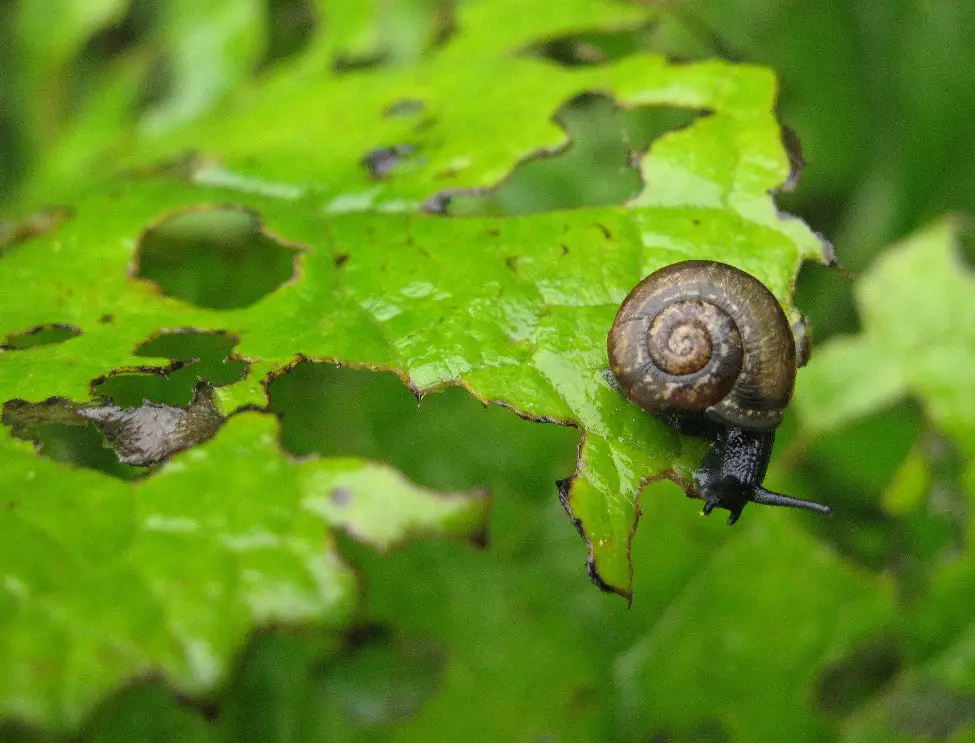Every vegetable gardener faces pest issues from time to time and learning how to manage these leaf-munching creatures is an important part of growing a healthy and productive home vegetable garden.
In this post, we will talk about common garden pests and how to protect your plants from them.
What is eating my vegetable garden?
It is frustrating, when after all your hard work looking after your plants, you wander into your garden to find bite marks on the edges of the leaves, holes going right through them, and leaves looking splotchy or half-eaten fruits scattered around.
It takes investigative work to find the culprits. The first thing to do is to pay attention and look carefully at the damage and at any signs left behind.
Leaf chewing insects
If you see holes or jagged edges in the leaves, then caterpillars, grasshoppers, slugs, earwigs, or beetles could be the culprits. To distinguish between all these, look for evidence or signs left behind.
For example, caterpillars usually leave droppings around the damage, beetles could place tiny larvae or egg clusters under the leaves, and you could recognize slugs or snails for their shiny trail left behind.
If you look with a flashlight at night, you might be able to catch them in action. You could simply remove them by hand and place them in a bucket of soapy water.
Sap sucking bugs
These insects will usually be found in groups along the stems or under the leaves, the plant will look wilted, with drooping leaves or with small yellow spots. These bugs have mouth-parts like a tiny straws, they feed by poking their mouth-parts into a leaf or stem and sucking out nutritious plant juices.
Soaps and oils are effective on the small, soft-bodied pests in this group such as aphids, scales, whiteflies, and spider mites, but not for the larger ones such as stink bugs. You could remove stink bugs by hand, just make sure you have safety goggles and long rubber gloves to protect your skin and eyes from secretions.
Root feeding insects
There are several insects that feed on and affect root growth. Their most obvious signature is holes in corms that surround the surface of the ground in some plants. Examples of these are grubs, the immature stage of beetles, and the cabbage maggot fly. Plants affected include broccoli, cabbage, cauliflowers, radishes, and many more.
Borers
These bugs usually leave behind holes in the stems of woody plants such as trees and shrubs. Some examples of these include caterpillars and beetles. They do great damage as they end up killing the plants. These insects are more likely to attack plants that are under stress, so the best way to combat them is by keeping your plants as healthy as possible.
In conclusion, it can feel overwhelming to find pests in your garden but with patience and a bit of investigation, you could identify the culprits and learn how to best manage them.

